
What Makes a Top Air Handling Unit Supplier Stand Out?
- By:hqt
- 2024-04-12
- 29
Energy efficiency, sustainability, and proper maintenance are crucial aspects of AHU design and operation. E-ZONG, a leading supplier of AHUs, offers energy-efficient and sustainable solutions to meet the evolving needs of the HVAC industry. By embracing emerging trends and innovations, E-ZONG is poised to shape the future of AHUs and contribute to a more sustainable built environment.
Introduction to Air Handling Units
Air handling units (AHUs) are essential components of heating, ventilation, and air conditioning (HVAC) systems, responsible for regulating and circulating air within buildings. These units play a crucial role in maintaining indoor air quality, controlling temperature and humidity levels, and ensuring comfort for occupants. AHUs consist of various components such as fans, filters, heating and cooling coils, dampers, and controls, all working together to condition and distribute air effectively throughout a building.
1. Components and Functions of AHUs
AHUs perform several key functions in HVAC systems. They intake outside air, filter and clean it, then distribute it throughout the building. Additionally, they can heat, cool, humidify, or dehumidify the air as needed to maintain optimal indoor conditions. The fans within AHUs help in air circulation, while dampers regulate airflow. Heating and cooling coils adjust the temperature, and filters remove dust, allergens, and other contaminants from the air.
2. Importance of AHUs in HVAC Systems
The significance of AHUs in HVAC systems cannot be overstated. They are the backbone of the entire system, ensuring proper air quality and comfort for occupants. Without efficient AHUs, indoor air can become stagnant, polluted, and uncomfortable, leading to health issues and decreased productivity. AHUs also contribute to energy efficiency by optimizing air distribution and reducing the workload on heating and cooling equipment.
3. Basic Types of AHUs: Packaged vs. Custom-built
AHUs are available in two basic types: packaged and custom-built. Packaged AHUs come as pre-engineered units with standard configurations, making them suitable for smaller buildings or projects with simple HVAC requirements. On the other hand, custom-built AHUs are tailored to meet specific project needs, offering greater flexibility in design, sizing, and functionality. These units are ideal for large commercial or industrial applications where unique HVAC challenges exist.
Factors to Consider When Choosing an AHU Supplier
Selecting the right AHU supplier is crucial for the success of any HVAC project. Several factors should be taken into account during the selection process:
1. Supplier Reputation and Experience: Look for suppliers with a proven track record of delivering high-quality AHUs and excellent customer service. Experienced suppliers are more likely to understand project requirements and provide reliable solutions.
2. Product Quality, Reliability, and Energy Efficiency: Evaluate the quality and performance of the AHUs offered by the supplier. Choose units that are energy-efficient, durable, and compliant with industry standards. Reliability is also essential to minimize downtime and maintenance costs over the unit's lifespan.
3. Customization Options: Consider the supplier's ability to customize AHUs according to specific project requirements. A supplier who offers a wide range of customization options can provide tailored solutions to meet unique HVAC challenges effectively.
Customization Options for Air Handling Units
Customization plays a vital role in ensuring that AHUs meet the exact needs of a project. Different levels of customization are available, ranging from minor modifications to completely bespoke designs.
1. Customization options include:
a. Size and Configuration: AHUs can be customized in terms of size, shape, and layout to fit the available space and installation requirements.
b. Component Selection: Customers can choose specific components such as fans, filters, coils, and controls based on performance, efficiency, and compatibility with existing systems.
c. Controls and Integration: AHUs can be integrated with advanced control systems to optimize performance, enhance energy efficiency, and facilitate remote monitoring and management.
2. Benefits and Considerations of Customized AHUs
Customized AHUs offer several benefits compared to standard packaged units. They provide greater flexibility, allowing for precise adaptation to project requirements and environmental conditions. Customization can also improve energy efficiency by optimizing system performance and reducing energy consumption. However, customization may involve higher initial costs and longer lead times, so careful planning and coordination with the supplier are essential.
Technologies and Features that Improve AHU Energy Efficiency
Several technologies and features can enhance the energy efficiency of AHUs:
1. Variable Speed Drives (VSDs): VSDs control the speed of fans and motors based on demand, allowing AHUs to adjust airflow and energy consumption according to the building's needs.
2. Energy Recovery Systems: These systems capture and reuse energy from exhaust air to preheat or precool incoming fresh air, reducing the workload on heating and cooling equipment.
3. High-efficiency Filters: Advanced filtration systems remove dust, allergens, and other contaminants from the air more effectively, improving indoor air quality and reducing energy consumption by reducing the need for frequent filter changes.
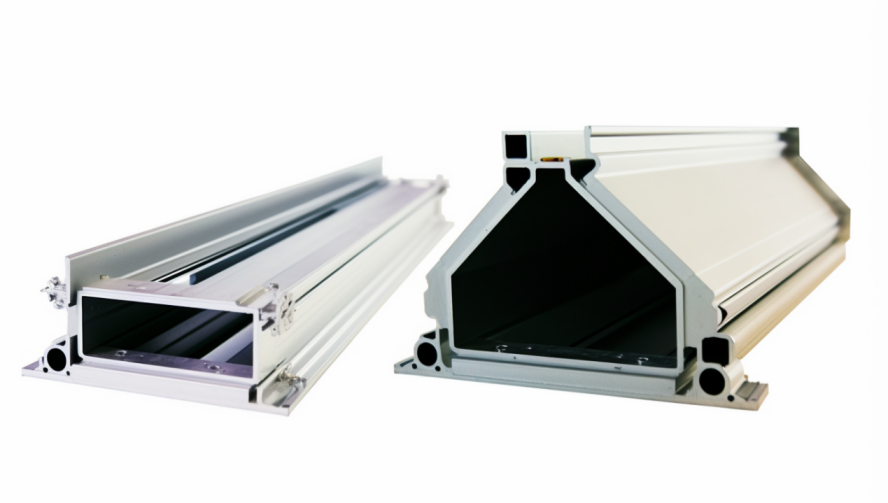
Environmental Benefits of Sustainable AHU Design and Operation
Sustainable AHU design and operation not only reduce energy consumption but also have positive environmental impacts:
1. Reduced Carbon Emissions: By minimizing energy consumption, energy-efficient AHUs help reduce the carbon footprint associated with building operations, contributing to climate change mitigation efforts.
2. Resource Conservation: Sustainable AHU design incorporates features such as energy recovery systems and efficient components, reducing the overall demand for energy and natural resources.
Case Studies Showcasing Energy-Efficient AHU Implementations
Several case studies demonstrate the benefits of implementing energy-efficient AHUs:
1. Commercial Office Building: By upgrading to energy-efficient AHUs with VSDs and energy recovery systems, a commercial office building reduced its energy consumption by 20% and achieved significant cost savings.
2. Healthcare Facility: A healthcare facility improved indoor air quality and reduced energy costs by replacing outdated AHUs with high-efficiency models equipped with advanced filtration systems.
Essential Maintenance Tasks for AHUs
1. Key maintenance tasks for AHUs include:
a. Filter Replacement: Regularly replacing filters prevents airflow restrictions and maintains indoor air quality.
b. Coil Cleaning: Cleaning heating and cooling coils removes dirt and debris, allowing for efficient heat transfer.
2. Common Issues and Troubleshooting Tips
Common AHU issues include airflow restrictions, noisy operation, and temperature inconsistencies. Troubleshooting tips may include checking filters, inspecting ductwork for leaks, and verifying sensor calibration.
3. Importance of Professional Servicing and Preventive Maintenance Contracts
Professional servicing by qualified technicians is essential for identifying and addressing AHU issues effectively. Preventive maintenance contracts provide regular inspections and servicing to ensure AHUs operate optimally and minimize downtime.
The Future of Air Handling Units: Trends and Innovations
1. Trends in AHU design and technology include:
a. Modular Design: Modular AHU systems allow for greater flexibility and scalability, making them ideal for retrofitting existing buildings or accommodating changing HVAC requirements.
b. Advanced Controls: Smart technologies enable remote monitoring, predictive maintenance, and optimization of AHU performance, enhancing energy efficiency and occupant comfort.
2. Innovations Driving Efficiency, Performance, and Sustainability
Innovations such as advanced filtration technologies, next-generation materials, and energy-efficient components are driving improvements in AHU efficiency, performance, and sustainability.
3. Integration of Smart Technologies in AHUs
Integration of smart technologies, including IoT sensors, data analytics, and machine learning algorithms, enables AHUs to adapt to changing environmental conditions, optimize energy usage, and provide real-time insights for predictive maintenance.
4. Predictions for the Future of AHUs in HVAC Systems
The future of AHUs in HVAC systems is expected to focus on energy efficiency, sustainability, and integration with smart building technologies. AHUs will continue to evolve to meet the increasingly stringent energy efficiency standards and sustainability goals of building owners and operators.
Conclusion
In conclusion, selecting the right AHU supplier is critical for the success of HVAC projects. E-ZONG, a reputable supplier with extensive experience in providing high-quality, customized AHUs, offers a range of solutions to meet diverse project requirements. By considering factors such as supplier reputation, product quality, and customization options, customers can ensure the optimal performance and efficiency of their HVAC systems.
-
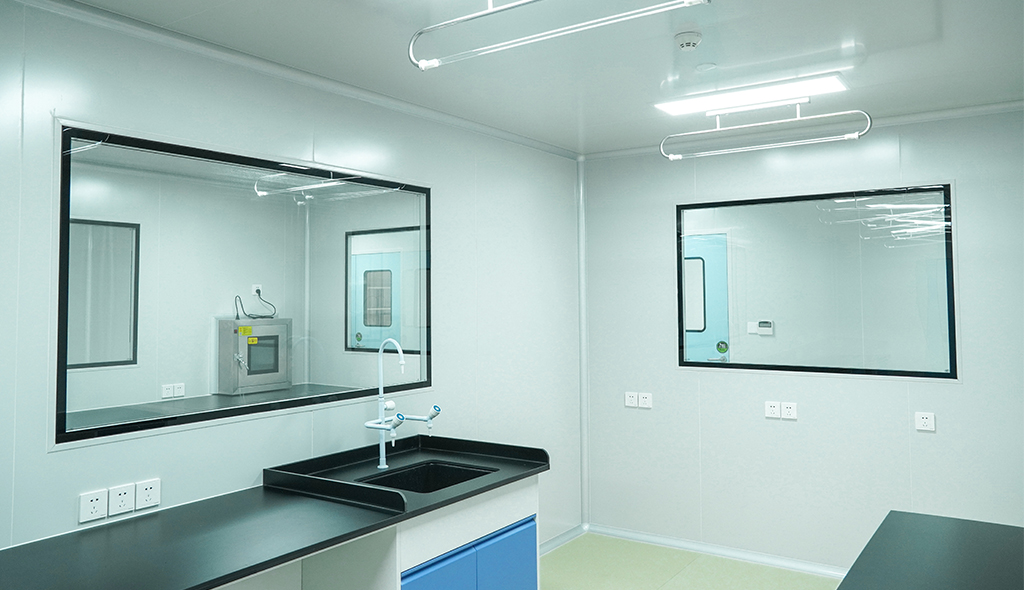 Cleanroom Glass Windows Are The Key to Maintaining a Clean Environment
Cleanroom Glass Windows Are The Key to Maintaining a Clean Environment -
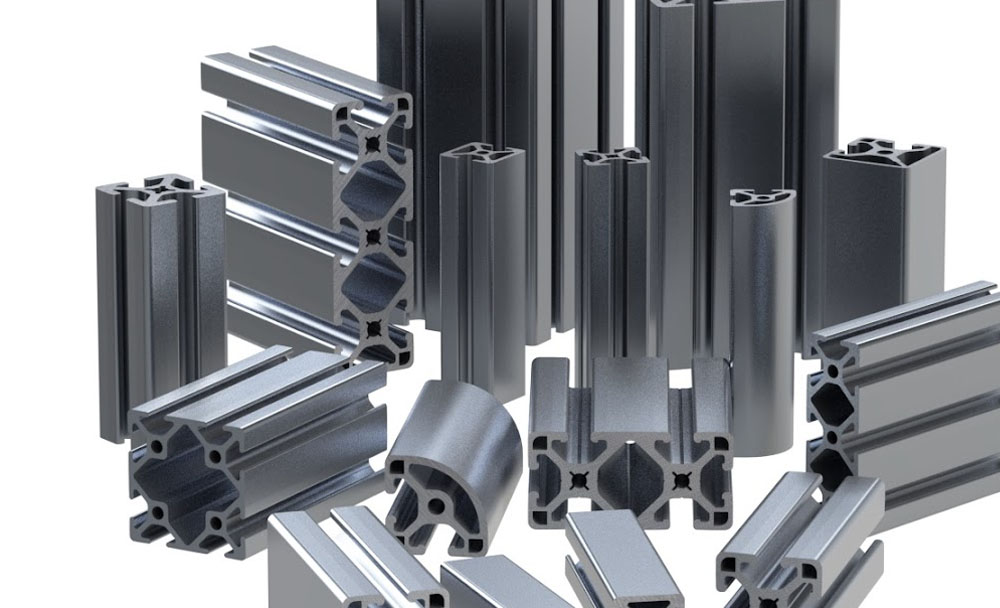 Top Aluminium Profile Manufacturers in China: Leading the Global Market
Top Aluminium Profile Manufacturers in China: Leading the Global Market -
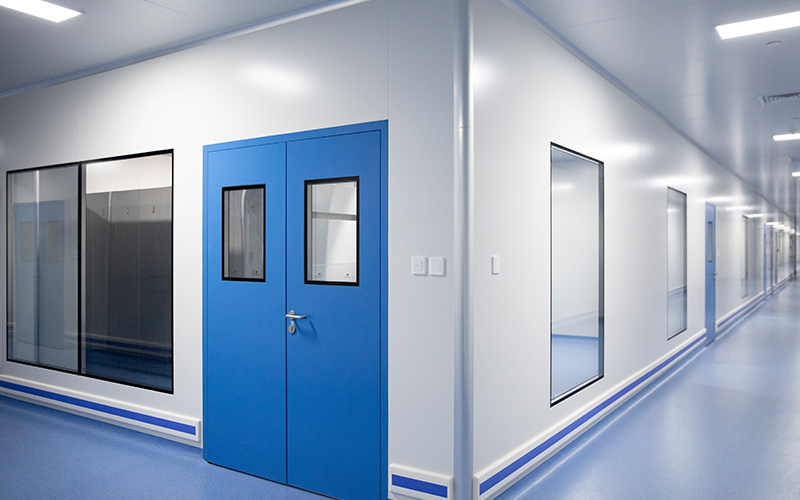 The Evolution of Air Tight Sliding Doors
The Evolution of Air Tight Sliding Doors -
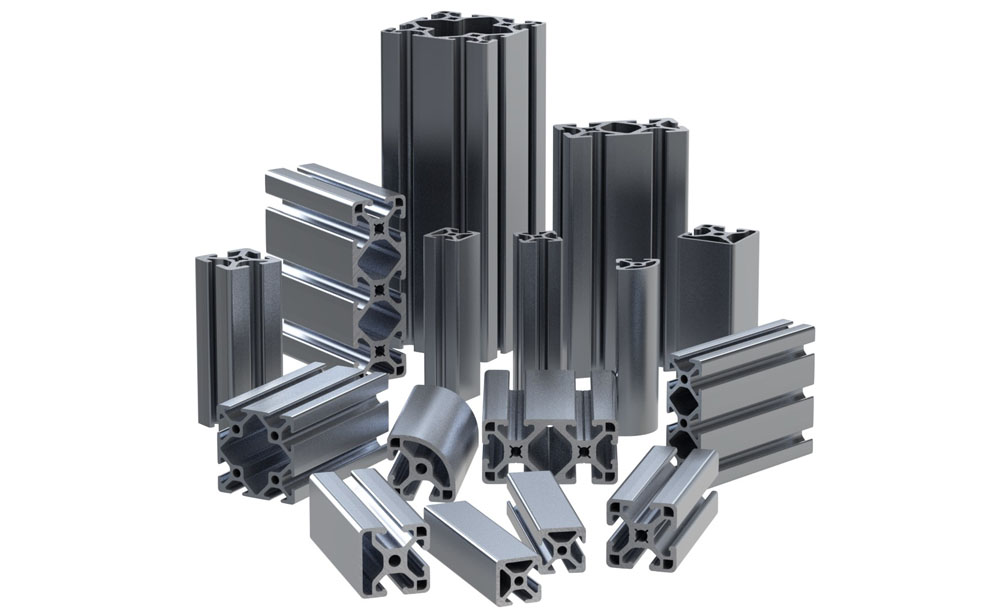 AHU Aluminium Profile: A Comprehensive Guide
AHU Aluminium Profile: A Comprehensive Guide -
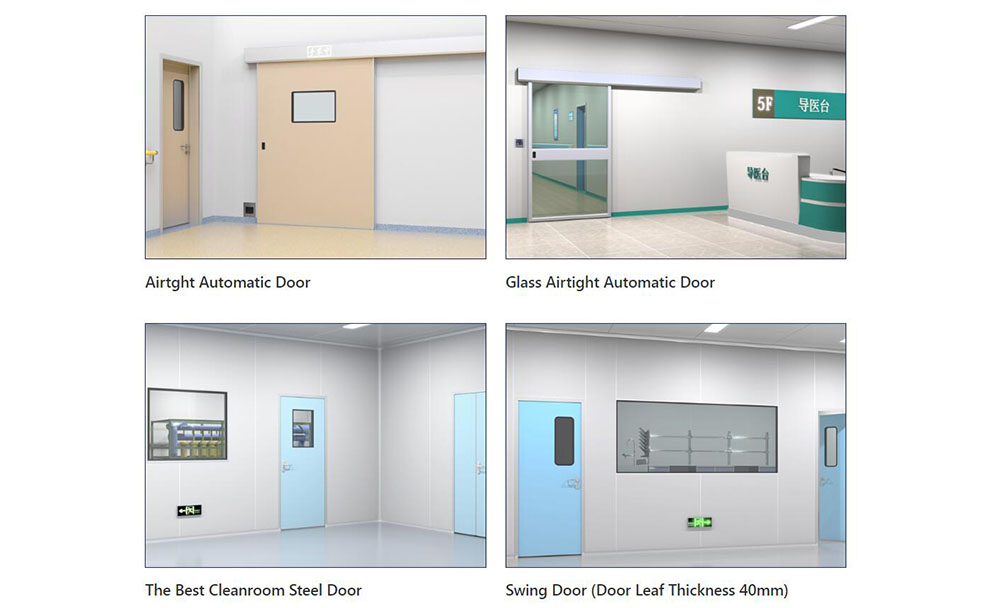 The Importance of Choosing the Right Cleanroom Door in Vietnam
The Importance of Choosing the Right Cleanroom Door in Vietnam -
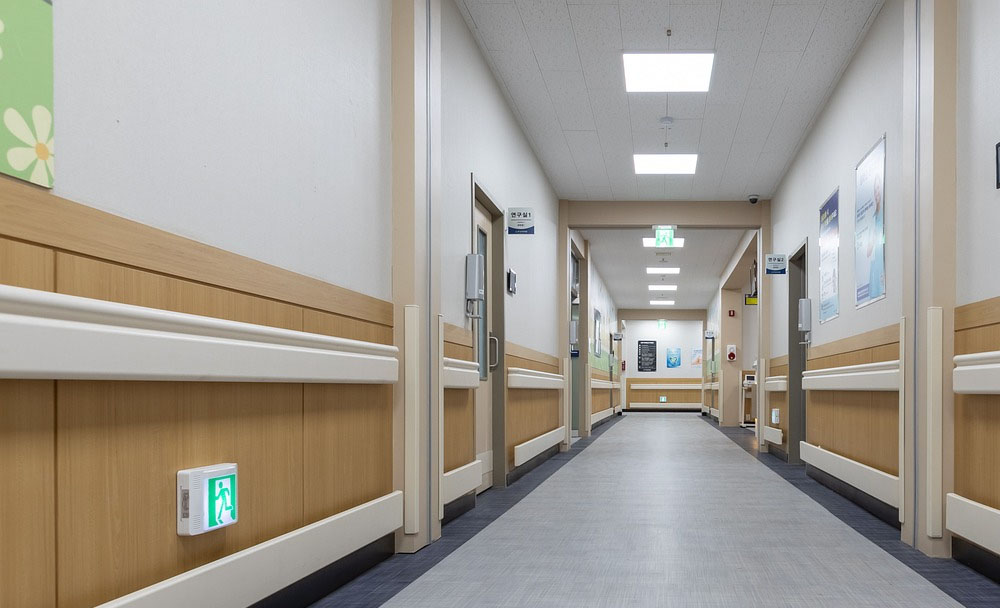 The Benefits of Hospital Automatic Doors: Enhancing Efficiency and Safety
The Benefits of Hospital Automatic Doors: Enhancing Efficiency and Safety -
.jpg) The Best Bathroom Door Manufacturers - Unlocking Endless Possibilities!
The Best Bathroom Door Manufacturers - Unlocking Endless Possibilities! -
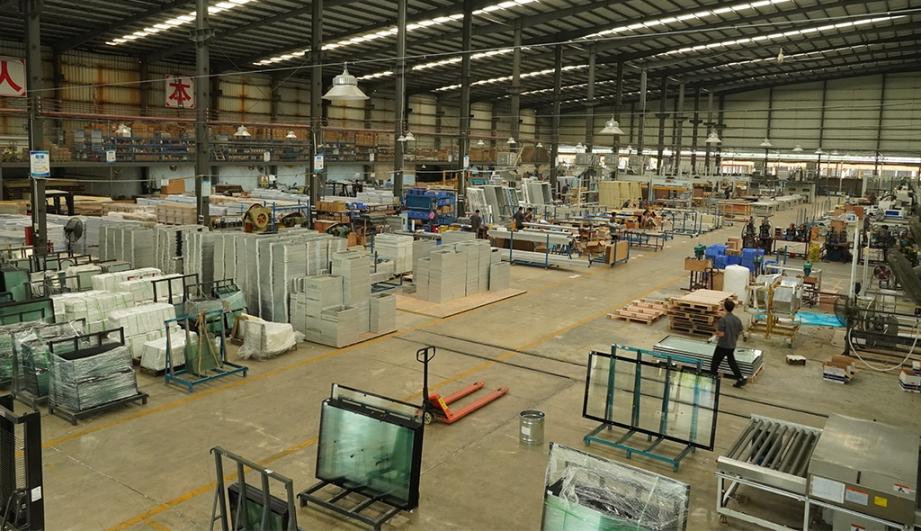 Unlock the Possibilities with AJ Manufacturing Doors
Unlock the Possibilities with AJ Manufacturing Doors -
 Make a Statement with Manufactured Home Interior Doors!
Make a Statement with Manufactured Home Interior Doors! -
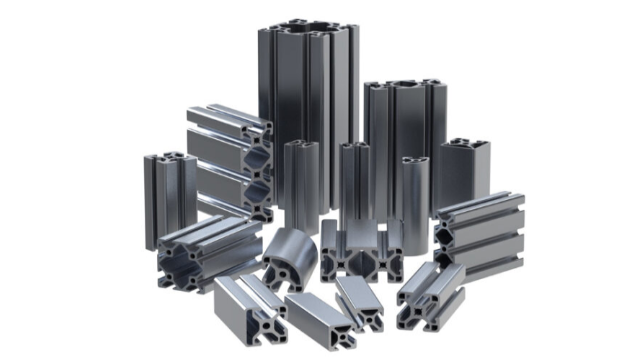 what is aluminum profile? Aluminum Profiles for Your Home is the best option
what is aluminum profile? Aluminum Profiles for Your Home is the best option
-
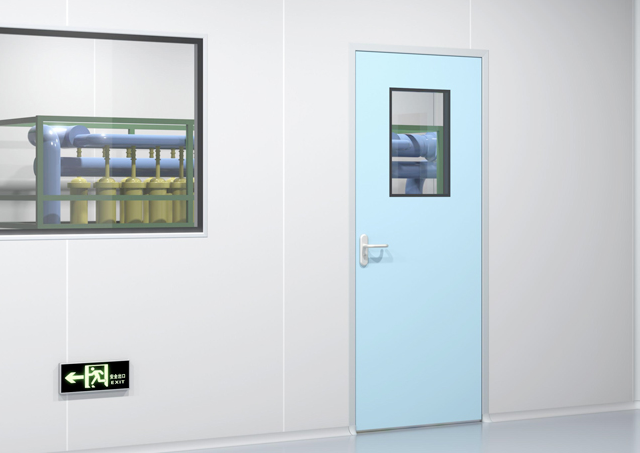 Next-Gen Medical Cleanroom Access: Introducing the Cleanroom Steel Door Solution
Next-Gen Medical Cleanroom Access: Introducing the Cleanroom Steel Door Solution -
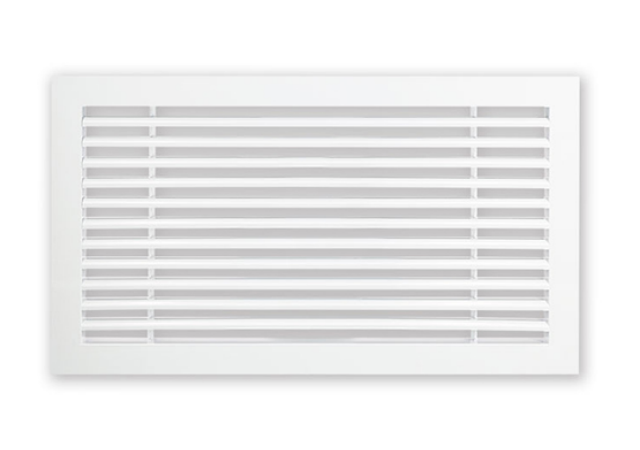 Linear Bar Grille Air Conditioning Diffuser with 0° Angle Blades for Perfect Airflow
Linear Bar Grille Air Conditioning Diffuser with 0° Angle Blades for Perfect Airflow -
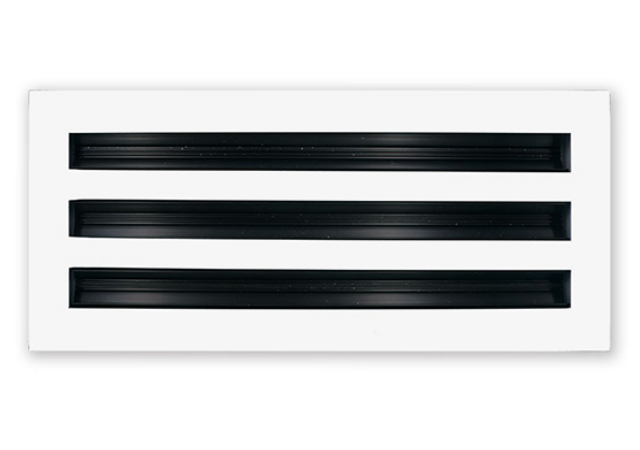 The Sleek and Efficient Linear Slot Diffuser for Air Vent
The Sleek and Efficient Linear Slot Diffuser for Air Vent -
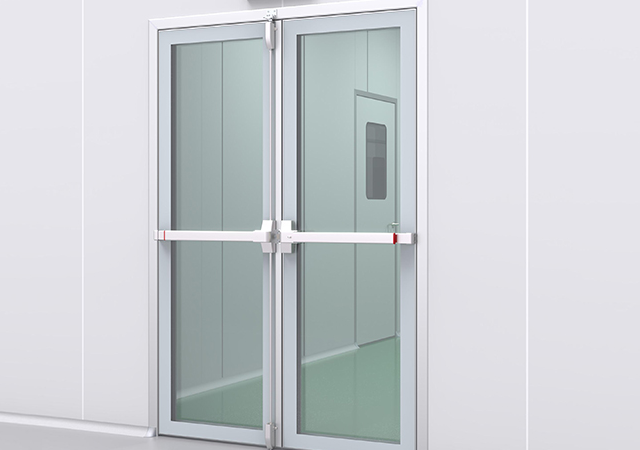 Double-Swing Glass Doors - Modern Laboratory Cleanroom Doors
Double-Swing Glass Doors - Modern Laboratory Cleanroom Doors -
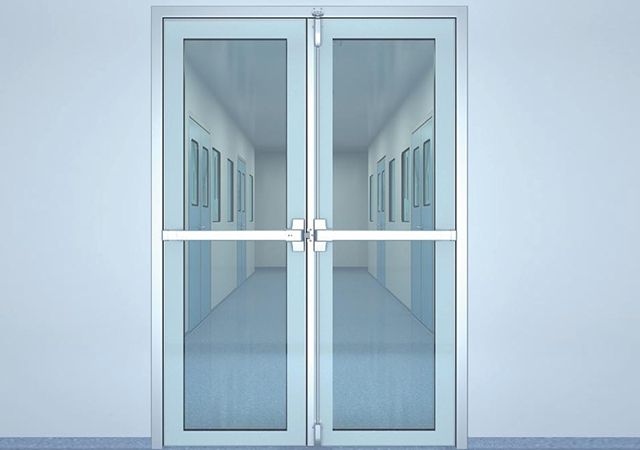 Superior Aluminium Glass Swing Door - Pharmaceutical Cleanroom Door
Superior Aluminium Glass Swing Door - Pharmaceutical Cleanroom Door -
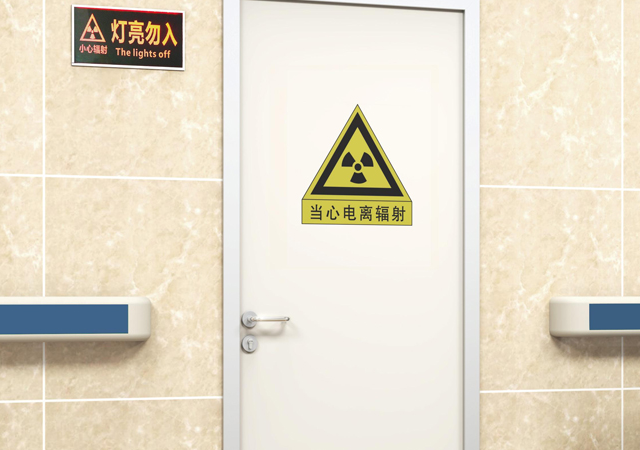 E-ZONG Leads the Way in China's Medical Lead Protection Doors: Innovation for Safety and Efficiency
E-ZONG Leads the Way in China's Medical Lead Protection Doors: Innovation for Safety and Efficiency -
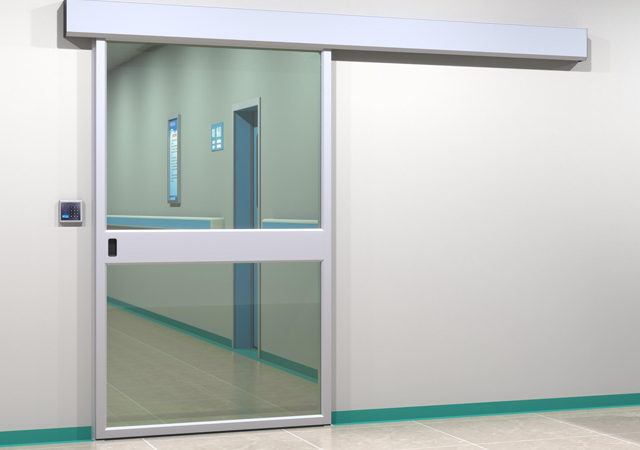 E-ZONG: Leading the Suppliers of Glass Airtight Automatic Doors for Safer, Cleaner Spaces
E-ZONG: Leading the Suppliers of Glass Airtight Automatic Doors for Safer, Cleaner Spaces -
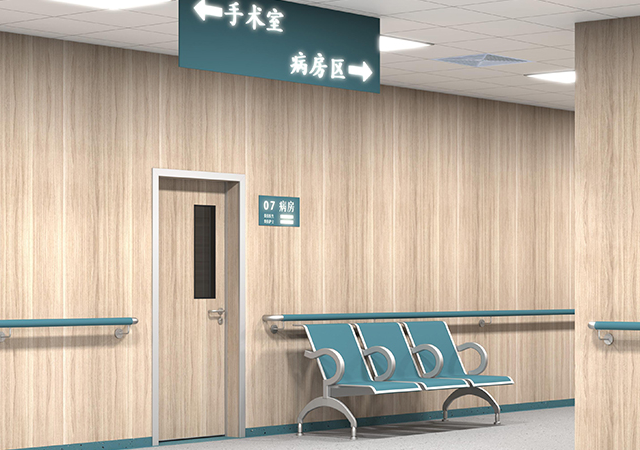 How Wall Air-Tight Swing Doors Ensure Clean Environments With Secure & Silent
How Wall Air-Tight Swing Doors Ensure Clean Environments With Secure & Silent -
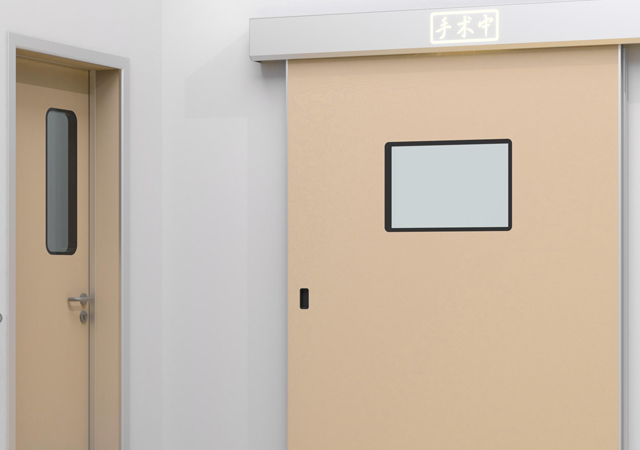 Seamless Automatic Cleanroom Sliding Doors: Smooth, Safe, and Hygienic Solutions
Seamless Automatic Cleanroom Sliding Doors: Smooth, Safe, and Hygienic Solutions -
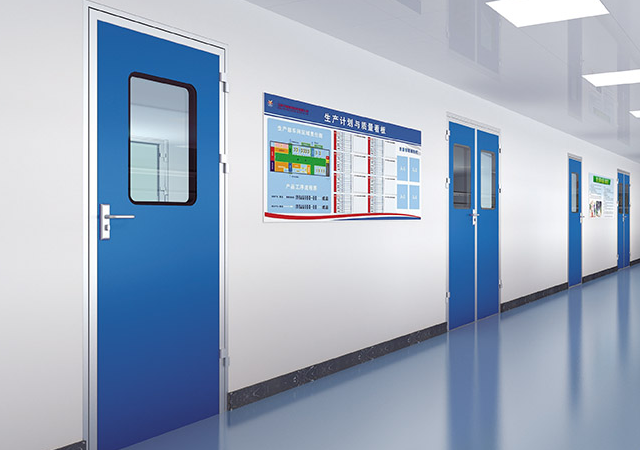 Elegant & Durable: Premium Swing Door Protection for Hospitals
Elegant & Durable: Premium Swing Door Protection for Hospitals

Guangzhou Yizhong Aluminum Industry Co., Ltd.
We are always providing our customers with reliable products and considerate services.
We are always providing our customers with reliable products and considerate services.
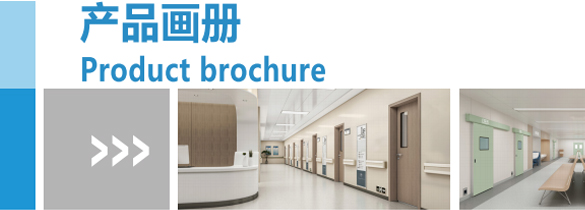
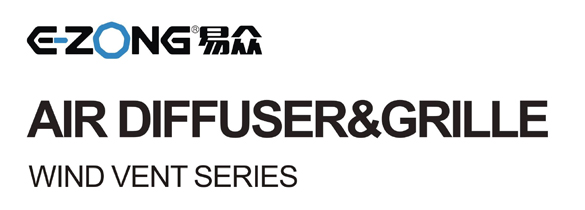

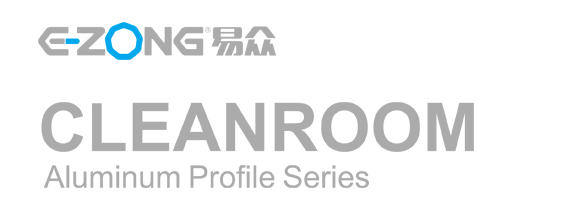






Speak Your Mind